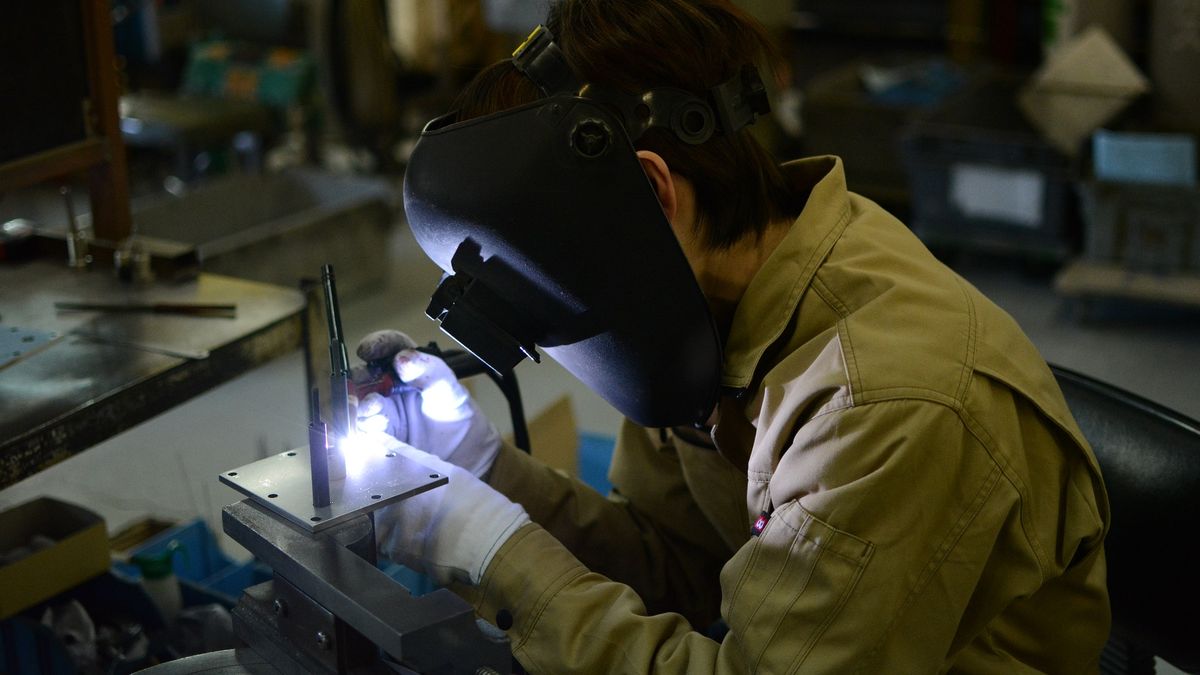In this frame, the use of installed capacity stood at 68.7%, 4 points below December, but 1.2 points above January 2021. 62.8% of the SMEs consulted evaluated the current situation of their company as good or very good, just as they did in November and December. But the number of firms in the sample that worked with positive profitability was reduced to 62.3% (from 69% in December).
According to the SME Industrial Production Index (IPIP) prepared monthly by CAME, the result of SME industrial production for January 2022 was:
- Compared to December 2021: it fell 6.7%, with 10 sectors of the 11 items surveyed falling. Only the Metal products, machinery and equipment branch increased (+1.9%)
- Compared to January 2021: it grew 12.9%, with 9 sectors rising and 2 falling.
- Compared to January 2020: it grew 13.2%, with 10 items rising and 1 falling.
CAME.png
Analysis by sector
Paper, cardboard, editing and printing. It continued to be the sector with the greatest year-on-year expansion, growing 70.9% compared to January 2021. In the monthly comparison, production fell 19.1%, expected due to the seasonality of a large part of the activity. The situation in this manufacturing branch was uneven according to the business niche. Thus, while the printing and graphics companies saw their activity decrease markedly compared to December, those linked to the school sector, suppliers of wholesalers, worked more in relation to that month. But in the monthly comparison, except for specific issues, most of the companies in the sector grew. The two main problems of the month were those that use imported paper as an input, and those that presented staff with absences due to Covid. The instability of the dollar is also a limitation for those who plan to invest.
Clothing and textiles. Manufacturing rose 8.6% annually in January, 2.4% biannually (vs. January 2020), and fell 6.6% vs. December. Although January is not the best month for this sector, the expectations generated by the production orders received are good for February and March. The start of the school year began at the end of January to drive many industries in this area.
Metallic, machinery and equipment: production improved 1.9% annually, 5.2% biannually, and 2.5% monthly. It was one of the branches most affected by absenteeism, especially due to the difficulties in replacing functions among workers. The intense rains during the second fortnight of the month stopped works and constructions, also impacting the companies oriented to this activity. Despite this, the sector grew, although the businessmen consulted pointed out that without these difficulties, and the problems in obtaining some supplies, the activity would have been much higher.
Wood and Furniture: Production in January rose 40.8% annually and 35.5% biannually. In the monthly comparison, it fell 13.1%, due to holidays and lower customer demand in that month. However, there are good expectations for February and March due to the start of classes and the greater movement that this implies. The sector produced with 77% of its installed capacity.
Transport material. Production rose 21.3% annually in January, 25.9% biannually, and fell 0.2% monthly. While manufacturing orders held firm, companies struggled to increase production due to sick or vacationing staff. Some producers consulted also mentioned that the payment terms for the purchase of inputs were shortened, which prevented them from purchasing due to lack of liquidity and, therefore, production.
Source: Ambito
David William is a talented author who has made a name for himself in the world of writing. He is a professional author who writes on a wide range of topics, from general interest to opinion news. David is currently working as a writer at 24 hours worlds where he brings his unique perspective and in-depth research to his articles, making them both informative and engaging.




